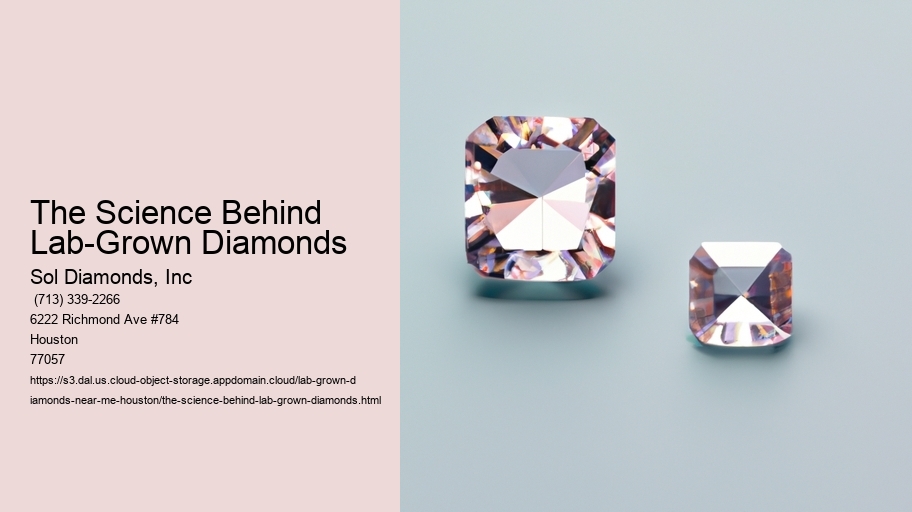Lab-grown diamonds have been captivating both the scientific community and the general public for quite some time now. How to Finance Your Purchase of Lab Grown Diamonds in Houston . These sparkling gems aren't just beautiful; they represent a fascinating intersection of technology, innovation, and nature. But how exactly do scientists create these diamonds in a lab, and what makes them different from those found deep within the Earth? Let's dig into the science behind lab-grown diamonds without getting too repetitive or overly technical.
First off, it's essential to understand that lab-grown diamonds aren't some sort of cheap knock-offs. In fact, they're chemically identical to natural diamonds. Both types of diamonds are made of carbon atoms arranged in a crystal lattice structure. The primary difference lies in their origin. While natural diamonds form over billions of years under intense heat and pressure deep within the Earth's mantle, lab-grown diamonds are created in a matter of weeks using advanced technology.
One popular method for creating these diamonds is called High Pressure High Temperature (HPHT). This technique mimics the natural conditions under which diamonds form. Scientists start with a small diamond seed, usually made of graphite, and place it in a chamber where it's subjected to pressures of about 1.5 million pounds per square inch and temperatures exceeding 2,700 degrees Fahrenheit. It's not exactly a comfortable environment, but over time, carbon atoms in the chamber get rearranged into a diamond structure around the seed.
Another widely-used method is Chemical Vapor Deposition (CVD). This process is a bit more modern and doesn't require such extreme conditions. In a CVD chamber, scientists introduce a carbon-rich gas, like methane, along with hydrogen. The gas mixture is then heated to a high temperature, causing the carbon atoms to separate and settle onto a diamond seed, gradually forming a diamond layer by layer. It's almost like growing a crystal garden, albeit a very expensive and high-tech one.
One might think that because lab-grown diamonds are made in a controlled environment, they're flawless. But that's not entirely true. Just like their natural counterparts, lab-grown diamonds can have inclusions and imperfections, although these can be controlled to some extent during the growth process. Advanced laboratories can even create diamonds with specific characteristics, such as particular colors or levels of clarity, by tweaking the growth conditions.
Interestingly, lab-grown diamonds are not only used for making exquisite jewelry. They're also incredibly valuable in various industrial applications. Their hardness and thermal conductivity make them ideal for cutting tools, heat sinks, and even in high-performance electronics. So, when you think about it, these diamonds are doing much more than just sitting pretty on a ring.
Now, let's talk about the environmental and ethical implications. One can't ignore the fact that traditional diamond mining has been associated with significant environmental degradation and human rights issues. Lab-grown diamonds, on the other hand, offer a more sustainable and ethical alternative. They require less land disruption, fewer resources, and avoid the murky waters of conflict diamonds. However, it's not all sunshine and rainbows; the energy consumption for creating these diamonds can be quite high, although advancements are being made to use renewable energy sources.
In conclusion, the science behind lab-grown diamonds is nothing short of remarkable. These gems, created through either HPHT or CVD methods, are chemically identical to natural diamonds but come with their own sets of advantages and challenges. They offer a glimpse into how technology can not only replicate but also improve upon natural processes. So, the next time you're dazzled by the sparkle of a diamond, whether it's lab-grown or natural, you'll know there's a lot more to it than meets the eye.
